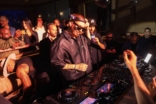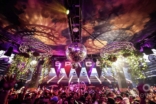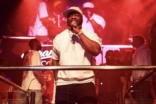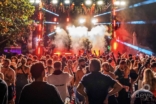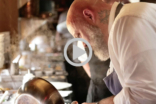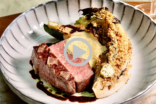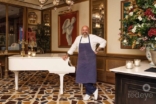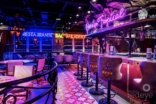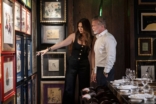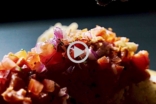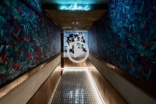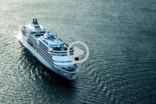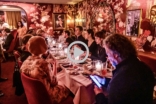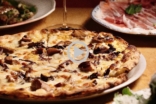PEGASUS Magazine: Miami
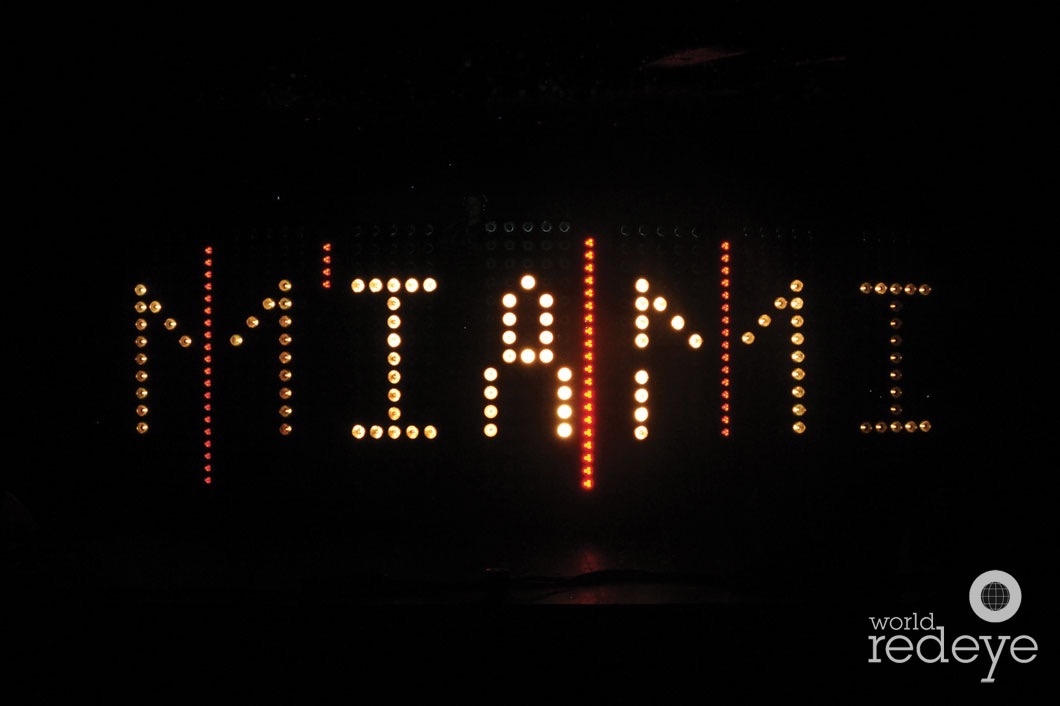
Ultra Music Festival, 2011
Words by Lydia Martin
Miami Beach, FL – January 27, 2017 – The late Gianni Versace, who built a gilded palazzo across the street from the Atlantic on South Beach’s famed Ocean Drive, once said that in Miami, nothing was done until it was overdone. And while he could have been describing his own style as a fashion designer, it’s been a common refrain through the years: whatever happens in Miami, happens big.
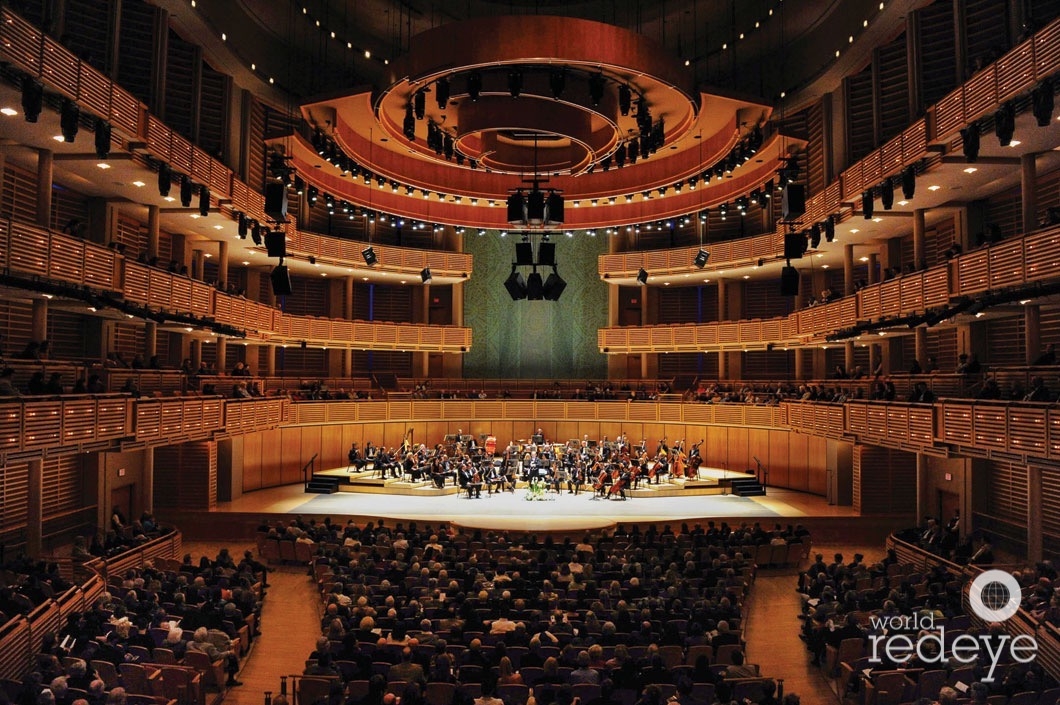
Adrienne Arsht Center for the Performing Arts
Take Art Basel Miami Beach, the largest and most prestigious contemporary art fair in the United States, which just celebrated its 15th year in a city that in the same stretch of time has grown exponentially, creating serious cultural infrastructure, building significant architecture and shaking off some of its reputation for being laid-back, in favor of being more polished. Same with the South Beach Wine & Food Festival, which in February celebrates its 16th year. It started out a small and decorous wine-tasting event on the north campus of Florida International University benefiting its hospitality school. But when it moved to South Beach in 2001, it exploded into the country’s largest luxury bacchanal, quickly surpassing the granddaddy of wine-tasting events, the Aspen Food & Wine Classic. Now comes the Pegasus World Cup Invitational at Gulfstream Park, the world’s richest Thoroughbred horse race with its $12 million purse and its promise of a star-studded, weekend-long celebration. As big and as glamorous as it is expected to be in its first year, the smart wager is on the Pegasus growing bigger and more glamorous over time.
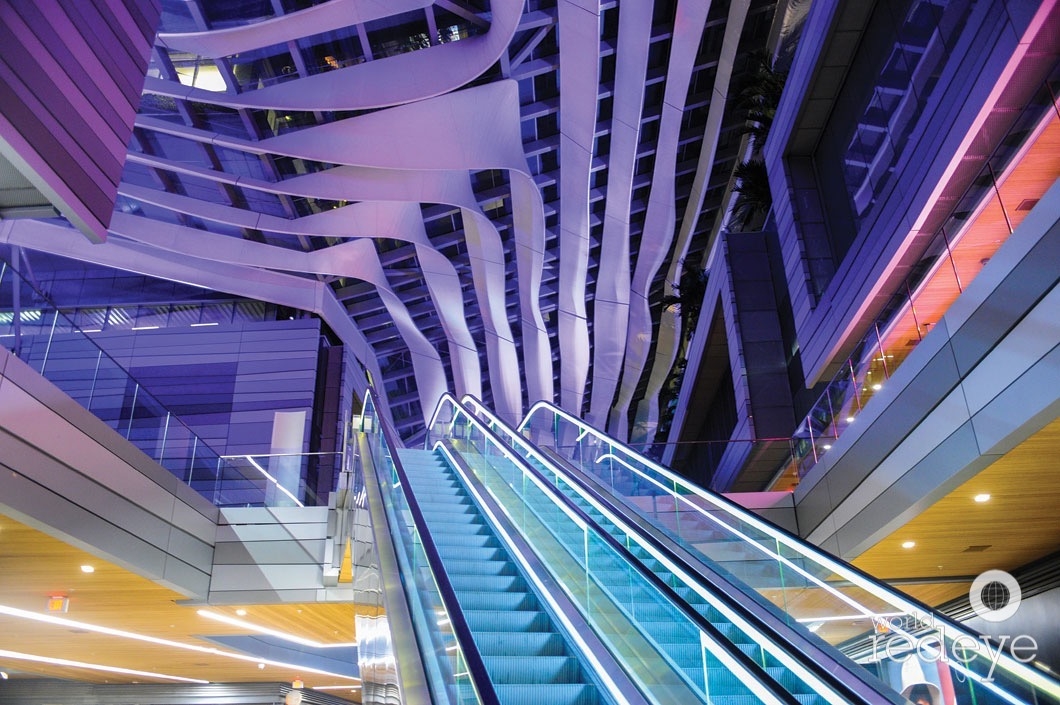
The Climate Ribbon at Brickell City Centre
Like these epic events that have put South Florida on the global map, there are a handful of innovators whose countless contributions continue to shape our tropical metropolis. Here we share a piece of their history and their passion for Miami alongside a visual guide curated by Seth Browarnik of World Red Eye, all revealing the true magic of this city.
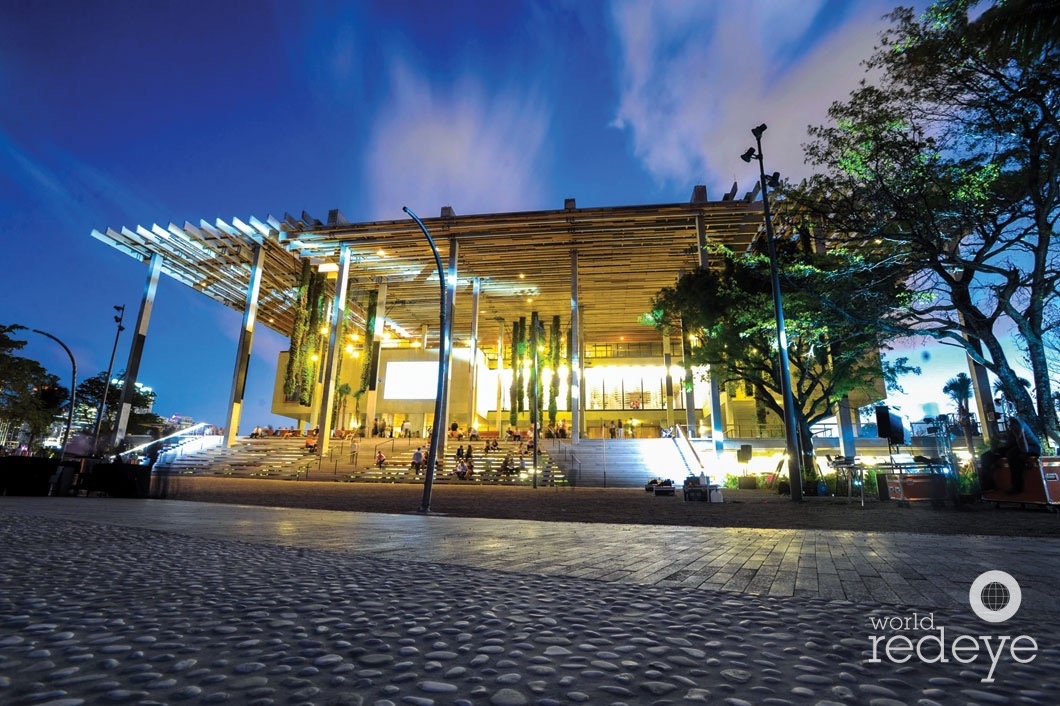
Pérez Art Museum Miami
A Miamian is fully at ease with different cultures, different languages, different customs and different foods.
Jorge M. Pérez
Jorge M. Pérez, chairman and CEO of The Related Group, one of the country’s leading real estate conglomerates, is the leading force behind Greater Miami’s vertical manifest destiny. He is also a major collector of Latin American art and the namesake of the Herzog & de Meuron-designed Pérez Art Museum Miami (PAMM) on the edge of Biscayne Bay in downtown Miami.
LM: Most people have a sense, true or outdated, about what a New Yorker is. Same with a Chicagoan. Is there such a thing as a Miamian?
JP: A Miamian is fully at ease with different cultures, different languages, different customs and different foods. A Miamian thrives on all of that. When my company looks to hire people, for example, we can tell quickly who will thrive here and who is at ease with the noise, the different languages and attitudes.
LM: Does Miami have its own style?
JP: Miami is about tropical elegance. A shirt open at the collar, a fitted sports coat with a pocket handkerchief. We are one of the few companies where people come to work in a suit and tie. We are very Wall Street. But more and more, people in Miami’s business world opt for no tie. The weather means we are a little more casual. I can’t think of a single restaurant in Miami that requires you to put on a jacket. In Europe, there are still many places that do.
LM: When you look out across the city’s new skyline, what does it say to you?
JP: I think of Miami architecture as having been defined by Arquitectonica as tropical modern. But broadly, it’s about the light coming through the buildings, the use of color, forms that are happy. Our buildings tend to be more playful than counterparts in, say, New York or Chicago. In general, there is an openness—wide balconies and wide windows. We follow the light and the line of the water.
LM: Where would you send visitors to get a glimpse of the best Miami has to offer?
JP: I think the most Miami of all of our neighborhoods is Coconut Grove, where I happen to live. It’s the oldest part of the city, where Miami was born. And there is such a great tropical lushness there, plus a gorgeous waterfront and historic homes. It has that great sidewalk café life that is so reflective of Miami. I like to send people to South Beach too, to the art deco district, because it is unique in the world and represents another piece of the city’s rich history. South Beach is more hectic, and Coconut Grove more laid-back, but both are very special places in this city.
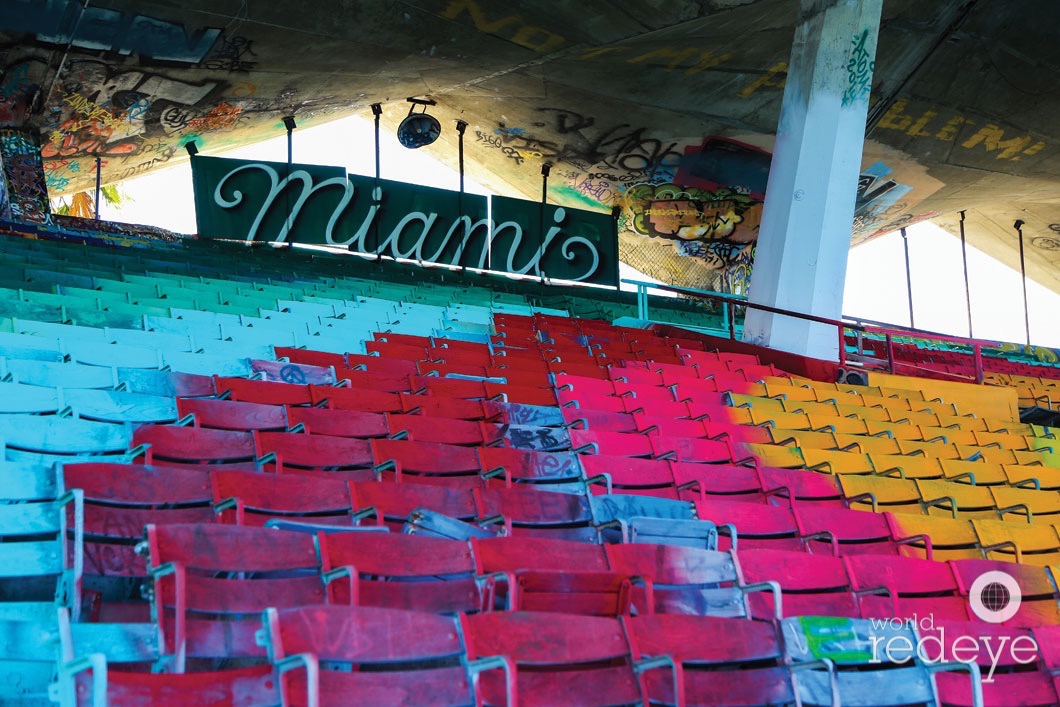
Heineken’s “Save Your Seat” campaign at the Miami Marine Stadium, 2016
We have reached a certain level of cultural maturity here. There is still the Miami glitz and glamour, but there is also a lot of sophistication and substance and intellectual inquiry—a desire to come together through ideas and through art and culture.
Bonnie Clearwater
Bonnie Clearwater, director and chief curator of the NSU Art Museum Fort Lauderdale, is one of South Florida’s truest art-world pioneers and champions.
LM: How would you describe the prototypical South Floridian?
BC: Warm, welcoming, inquisitive, and cosmopolitan.
LM: Has South Florida finally shaken off its rep for being surface-oriented and lowbrow?
BC: We have reached a certain level of cultural maturity here. There is still the Miami glitz and glamour, but there is also a lot of sophistication and substance and intellectual inquiry—a desire to come together through ideas and through art and culture. We are one of the most diverse regions, and there may be similar diversity in other American cities, but here, the diversity mixes. There is always a sense of cross-cultural exchange.
LM: Is there a specific style to Miami-made art?
BC: I would say art here is about individuality. There is not a Miami style or school. Artists are focused on what is true to them. They have their own unique passions. I’m constantly finding new artists who are intriguing to me. There is an awareness of life that they all bring to their work, but it’s about being self-driven and attempting very individual statements.
LM: Where do you take out-of-towners for dinner?
BC: I love to take people to Coconuts on the Intracoastal in Fort Lauderdale. The food is great and you can watch all the boats come in. It’s beautiful at sunset. I also take them to the Pelican Grand Beach Resort. It’s one of few places in South Florida where you find fine dining right on the ocean. We recently took [famed contemporary artist] Francesco Clemente to both places and he says he can’t wait to come back and go to them again. In Miami Beach, I love Byblos for the great Mediterranean food. But it’s also a beautiful location. The interiors are reflective of what we’re talking about in terms of Miami style: the internationalism, the color, the unique rather than the corporate look.
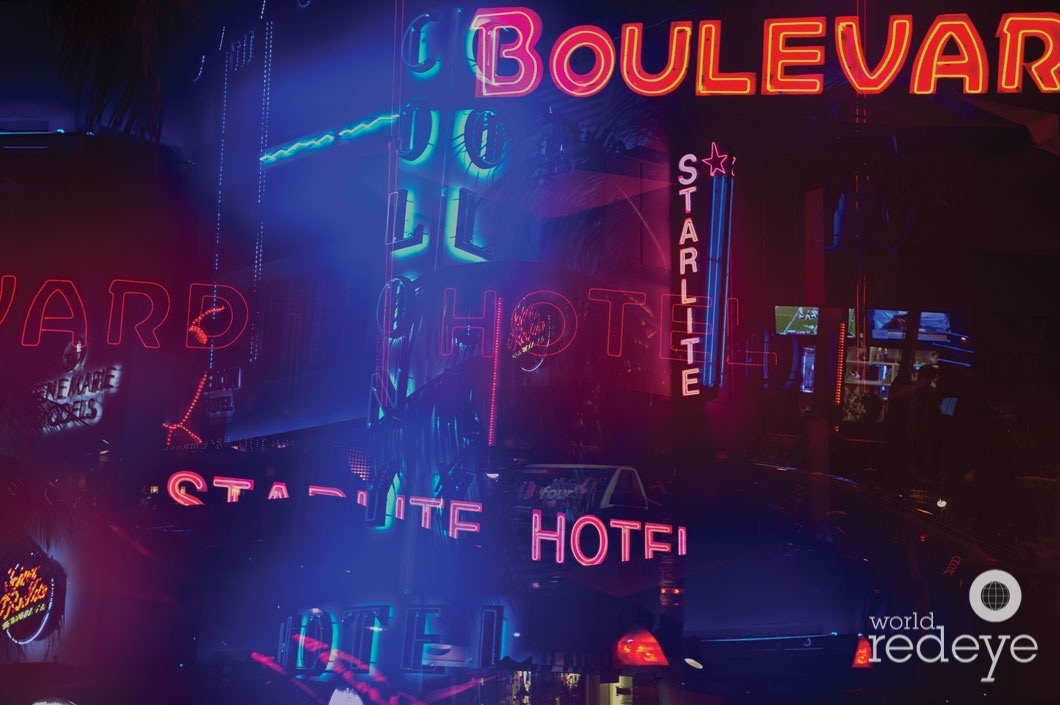
Ocean Drive in South Beach, Miami
Miami’s culinary presence keeps growing, and one of the things the city does so well is combining the dining scene with a big night out on the town.
David Grutman
David Grutman, undisputed king of Miami nightlife and one of the most important figures in electronic dance music is the owner of LIV Nightclub, Komodo and much, much more.
LM: What do you love most about Miami?
DG: You can travel around the world, but when you return to Miami, it’s like a breath of fresh air to come home. Why I choose to be here has everything to do with the lifestyle. There’s just lightness. It’s sunny every day, so you’re not confined indoors by the weather. It’s still in such a growing phase too. It isn’t just about South Beach anymore.
LM: Where do you take out-of-town guests to show off the real Miami?
DG: To Garcia’s Seafood Grille & Fish Market on the Miami River for some authentic, Cuban-Miami seafood dishes. And for a taste of Miami at night, I’d take them to Komodo on Brickell. That’s where Miami is having more of a dinner party. Miami’s culinary presence keeps growing, and one of the things the city does so well is combining the dining scene with a big night out on the town.
LM: The local landmark not to be missed?
DG: The Fontainebleau Hotel. It’s one of the most historic places in Miami. There are not too many cities with such an iconic hotel. When you think about Paris, maybe you think about the Ritz. When you think about Miami, it’s the Fontainebleau, which has been a focal point during several different eras. Even if you don’t stay there or go to LIV, there are some great restaurants on the property. Or at least go there and have ice cream or a coffee and take a look around.
LM: What makes LIV so hot so many years in? And how does a mere mortal get past the velvet ropes?
DG: It succeeds because it’s not just about people raging. It’s really a curated experience. We don’t just turn some music on; we bring in all of the world’s top DJs. It’s also about the live performances—the acrobats flying from the ceiling, the light shows. How to get in? Book a table ahead of time. Or bring lots of girls. Some book a table and bring lots of girls.
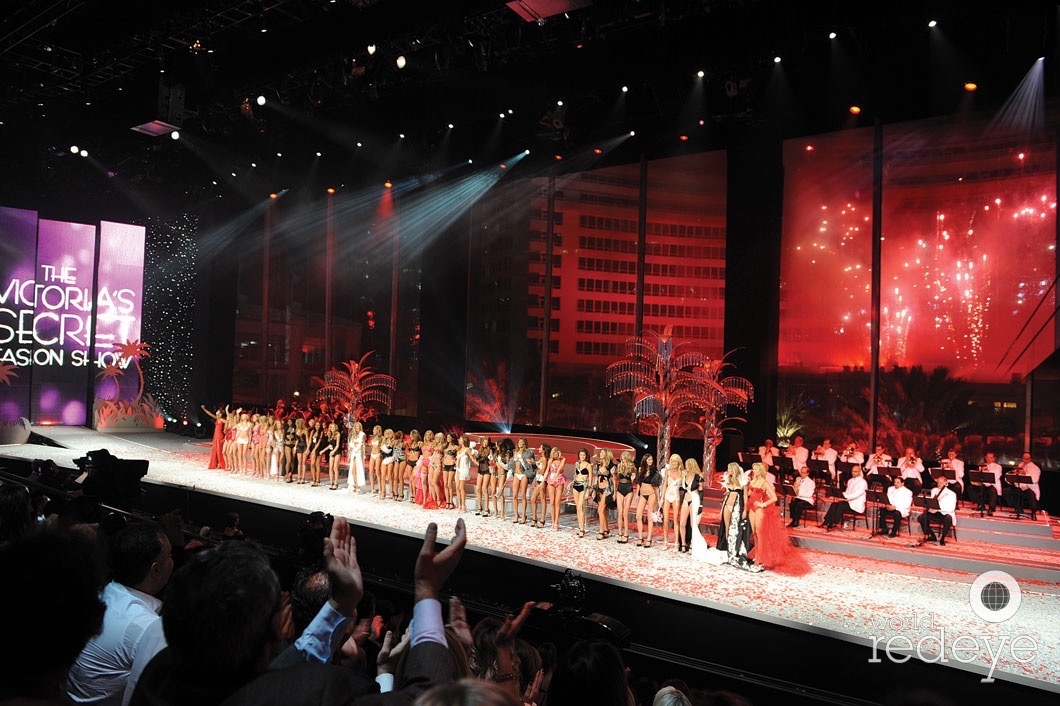
The Victoria’s Secret Fashion Show, Fontainebleau Hotel, 2008
Miami is still in its adolescence, but that’s what gives us our energy and fiery drive.
Nina Johnson-Milewski
Miami native Nina Johnson-Milewski became a pioneer in the Wynwood/Design District area with Gallery Diet, which now resides in a compound in Little Haiti and is known as the Nina Johnson Gallery.
LM: How would you describe the soul of Miami?
NJM: Multicultural, transient, still a little bit of a Wild West. We’re in a perennial state of becoming, which is what makes us so interesting and dynamic. And I hope that never changes. Miami is still in its adolescence, but that’s what gives us our energy and fiery drive.
LM: How do you explain Miami’s sense of fashion?
NJM: The Latin culture here in particular is about heightened femininity. Women tend to wear six-inch stilettos everywhere. But then again, it’s not so much a walking city, so they can get away with it. The hot fashion brands are about the bold and the glam: Versace, Cavalli, Moschino. We’re a tropical place, and people are not afraid to bare skin. It’s also not a place where people are trying to hide what they have or how much they have accomplished. It’s not a rarity in Miami to find a man who gets regular manicures. In Miami, plenty of men would not think twice about wearing a white blazer with a pink button-down and a gilded pinky ring. Maybe it’s related to the idea of the Southern dandy and the Cuban rooster. But you kind of fluff your feathers here.
LM: What is your favorite escape into nature?
NJM: If you come to Miami you should not miss spending a morning in the Everglades, especially in the winter. People don’t always take the time to appreciate the gorgeous ecosystem we have here, just at the edge of the city. It’s not a six-hour drive into the middle of nowhere. It’s less than an hour and it’s something you can’t experience anywhere else. It gives you such an appreciation for Miami’s history to be in that extraordinary swamp.
LM: Which restaurants do you recommend to visitors who want a true taste of the 305?
NJM: Clive’s Café near my gallery is really a treasure. It’s been around since the 1970s, first in Wynwood and now on 58th Street. There’s nothing I wouldn’t recommend: the jerk chicken, curry shrimp, rice and peas. It’s a true reflection of Miami, drawing a clientele that is a hodgepodge of backgrounds and experiences. Naomi’s Garden on 71st Street is great for Haitian food. And it’s the real deal. You can sit in the garden and have the most amazing stews and seafood.
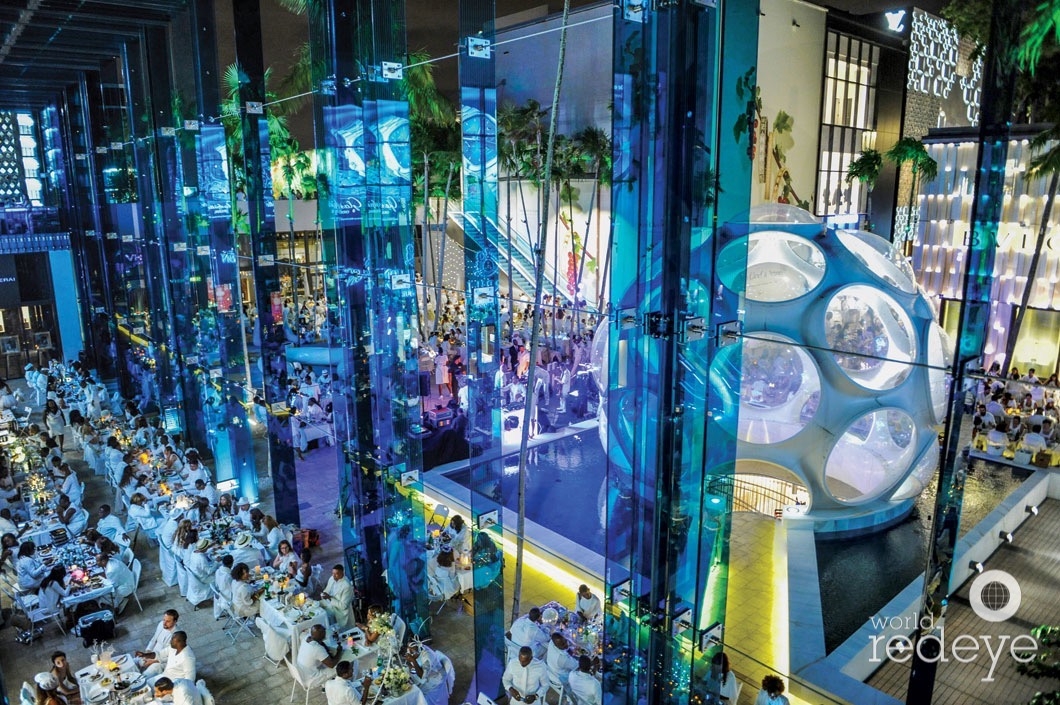
Diner En Blanc in the Design District, 2015
But then the revival of South Beach in the late 1980s and early 1990s put us back on the map, and what drove that new wave, beyond the fun in the sun, was that we were on the edge of fashion, film, and music.
Craig Robins
Real estate developer and local boy Craig Robins, an early force behind the revival of South Beach, set his sights on another historic but moribund enclave in the mid 1990s; this time, across the causeway on the mainland. The Design District was already home to a few high-end furniture and design stores. But there was no foot traffic, no real place to eat, nothing but sketchiness around it. By night, it was no place to wander. Today, thanks to Robin’s vision, the Design District is known as the SoHo of the South, or the tropical Rodeo Drive. It is home to some of the city’s most acclaimed restaurants, exclusive art galleries, high-design furniture showrooms, and the world’s biggest names in luxury shopping: Chrome Hearts, Fendi, Harry Winston, Hermès, Versace and the rest. It isn’t just one of Miami’s most glamorous spots; it is a major catalyst for an endless amount of growth and upscaling around it. Robins is also one of the figures responsible for bringing the Art Basel fair to Miami, a catalyst for the city in its own right. In 2005 he founded the collectible furniture and design fair, Design Miami, which runs with Art Basel Miami Beach each December and with the original Art Basel fair in Switzerland each June.
LM: What gives Miami its sex appeal?
CR: That has evolved over time. When you go back to the 1950s and the Fontainebleau Hotel, when Frank Sinatra and Sammy Davis, Jr. were around, we were the precursor to Las Vegas. It was about fun in the sun and partying like the Rat Pack. By the 1970s Miami, and especially Miami Beach, had declined. But then the revival of South Beach in the late 1980s and early 1990s put us back on the map, and what drove that new wave, beyond the fun in the sun, was that we were on the edge of fashion, film, and music. Then we morphed into what we are today, a city that’s still about fun in the sun, but also a city known for its cultural substance.
LM: What makes this a unique place in the world?
CR: Like some of the other major cities in the world, such as Hong Kong, for example, there are elements to Miami that are impossible to compare with anyplace else. Miami is its own iteration of an international city. It’s Caribbean, Latin, European. We’re a young city that doesn’t have the historically entrenched institutions of a city like New York—but that’s our strength. We have an ability to be nimble, to transform and evolve quickly, which you can see in how different Miami is today compared with even a decade ago. What’s striking about Miami today is that we are both a sophisticated urban center with great art and culture and also a tropical paradise where you can lay back under a coconut tree. We’ve reconciled those things.
LM: How do you get your fun in the sun?
CR: I love going to the very end of Key Biscayne, to Bill Baggs Cape Florida State Park. Just to walk to the water’s edge and get a look at Stitsville out in the bay is amazing. Also, there’s Matheson Hammock Park just south of Coconut Grove. I love to take a bike ride or walk through and just see the mangroves and all of that original South Florida landscape. What’s great about these two places is that they explain the idea of Miami as both a real urban place and a tropical paradise. You can have one of the most beautiful experiences in the world right in the middle of the city.
LM: What are your go-to Miami restaurants?
CR: There are so many great restaurants throughout Miami these days. I love MC Kitchen, Michael’s Genuine, Mandolin Agean Bistro, Alter.
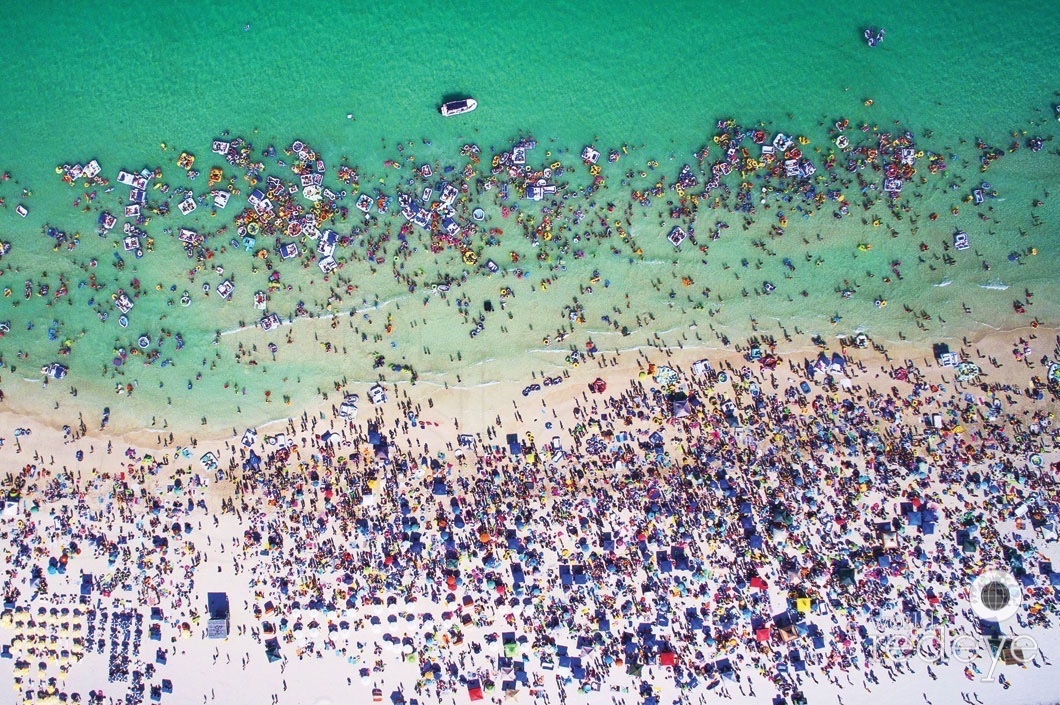
Floatopia, Miami Beach, 2015

